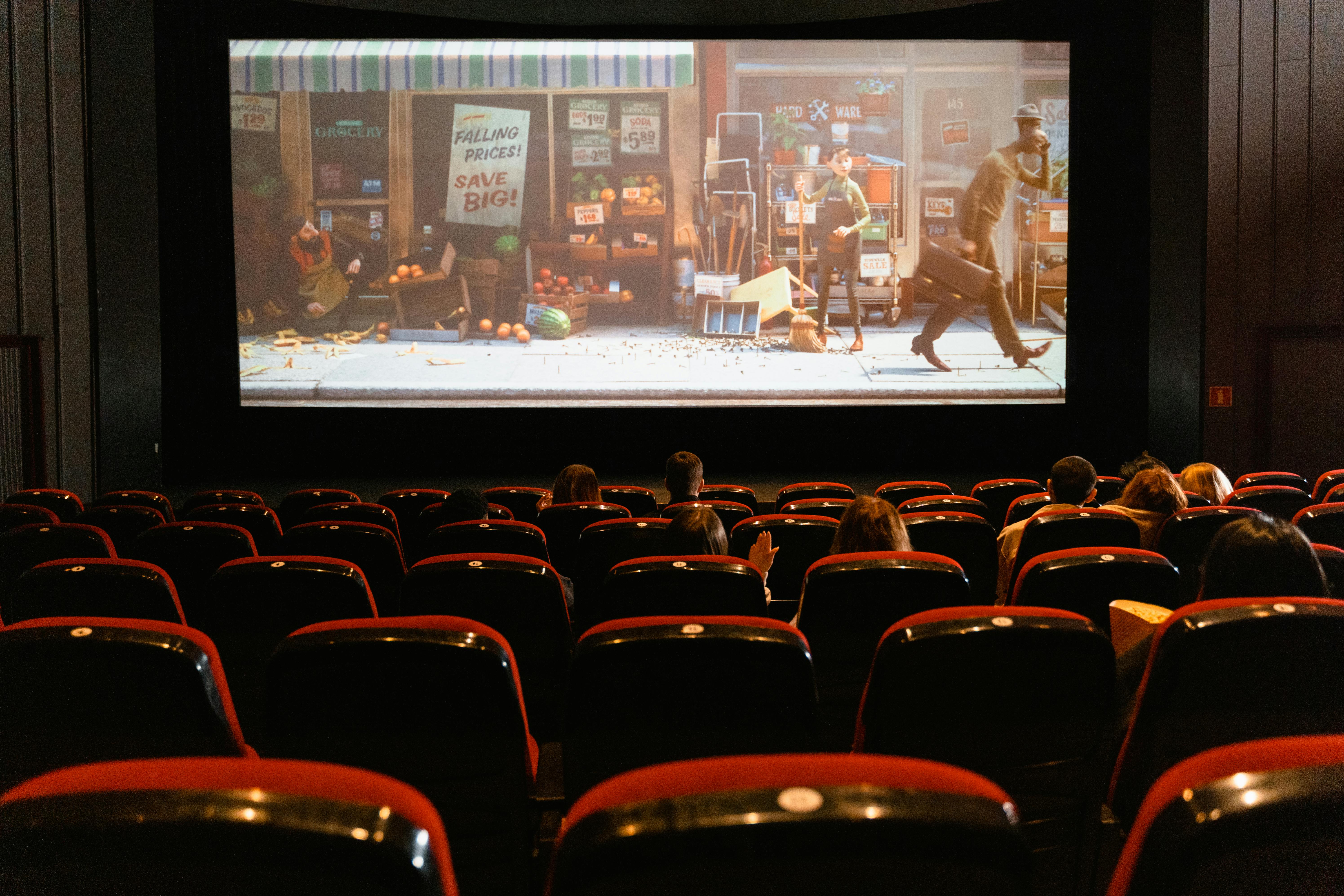The Enigma of Slow Cinema: Unraveling Time on Screen
In an era of fast-paced blockbusters and rapid-fire streaming content, a counter-movement in filmmaking has been quietly gaining momentum. Slow cinema, characterized by long takes, minimal dialogue, and contemplative pacing, challenges viewers to experience time differently. This article delves into the world of slow cinema, exploring its origins, key filmmakers, and the profound impact it's having on contemporary film culture.

In the 1960s and 70s, experimental filmmakers like Andy Warhol pushed the boundaries of cinematic time even further. Warhol’s Empire, a single eight-hour shot of the Empire State Building, challenged conventional notions of what constituted a film. This radical approach to duration would later influence a new generation of slow cinema directors.
The Slow Cinema Renaissance
The term slow cinema gained traction in the early 2000s, coinciding with a resurgence of interest in contemplative filmmaking. Directors like Béla Tarr, Tsai Ming-liang, and Apichatpong Weerasethakul emerged as key figures in this movement, creating works that demanded patience and active engagement from audiences.
Béla Tarr’s Sátántangó, a seven-hour epic released in 1994, is often cited as a landmark of slow cinema. Its long takes and deliberate pacing create a hypnotic effect, immersing viewers in the bleak Hungarian landscape. Similarly, Tsai Ming-liang’s films, such as Goodbye, Dragon Inn, use minimal dialogue and extended shots to explore themes of loneliness and urban alienation.
The Aesthetic of Slowness
Slow cinema is characterized by several distinct aesthetic choices. Long takes, often lasting several minutes without cuts, are a hallmark of the genre. These extended shots allow viewers to observe subtle changes in the frame and encourage a more active form of watching.
Minimal dialogue is another common feature, with filmmakers relying on visual storytelling and ambient sound to convey narrative and emotion. This approach often results in a heightened awareness of the environment and atmosphere of the film.
The pacing of slow cinema is deliberately unhurried, with plots that unfold gradually or sometimes seem to lack traditional narrative structure altogether. This slowness is not merely a stylistic choice but a philosophical one, inviting viewers to reconsider their relationship with time and the moving image.
Cultural Impact and Critical Reception
Slow cinema has garnered significant attention in film festivals and academic circles, sparking debates about the nature of cinema and spectatorship. Supporters argue that it offers a necessary antidote to the frenetic pace of modern life and mainstream entertainment, providing a space for reflection and contemplation.
Critics, however, have sometimes dismissed slow cinema as indulgent or inaccessible. The genre’s challenging nature has led to accusations of elitism, with some arguing that it alienates general audiences in favor of cinephiles and critics.
Despite these criticisms, slow cinema has had a notable impact on contemporary filmmaking. Elements of the slow aesthetic have seeped into more mainstream productions, influencing directors across various genres. The success of films like Alfonso Cuarón’s Roma, which incorporates long takes and a deliberate pace, demonstrates the growing acceptance of slow cinema techniques in wider film culture.
The Future of Slow Cinema
As the film industry continues to evolve, slow cinema faces both challenges and opportunities. The rise of streaming platforms has created new avenues for distribution, allowing these often niche films to reach broader audiences. However, the attention economy of the digital age poses a threat to the contemplative viewing experience that slow cinema demands.
Emerging filmmakers are finding innovative ways to engage with the slow cinema tradition. Directors like Chloé Zhao and Carlos Reygadas blend elements of slow cinema with more conventional narrative structures, creating hybrid forms that appeal to a wider range of viewers.
The enduring influence of slow cinema speaks to a fundamental human desire for moments of stillness and reflection in an increasingly fast-paced world. As we navigate the complexities of modern life, the deliberate pace and meditative quality of slow cinema offer a unique space for contemplation and artistic expression. Whether it remains a niche movement or continues to influence mainstream filmmaking, slow cinema’s contribution to the art of cinema is undeniable, challenging us to reconsider our relationship with time, image, and the very nature of film itself.





